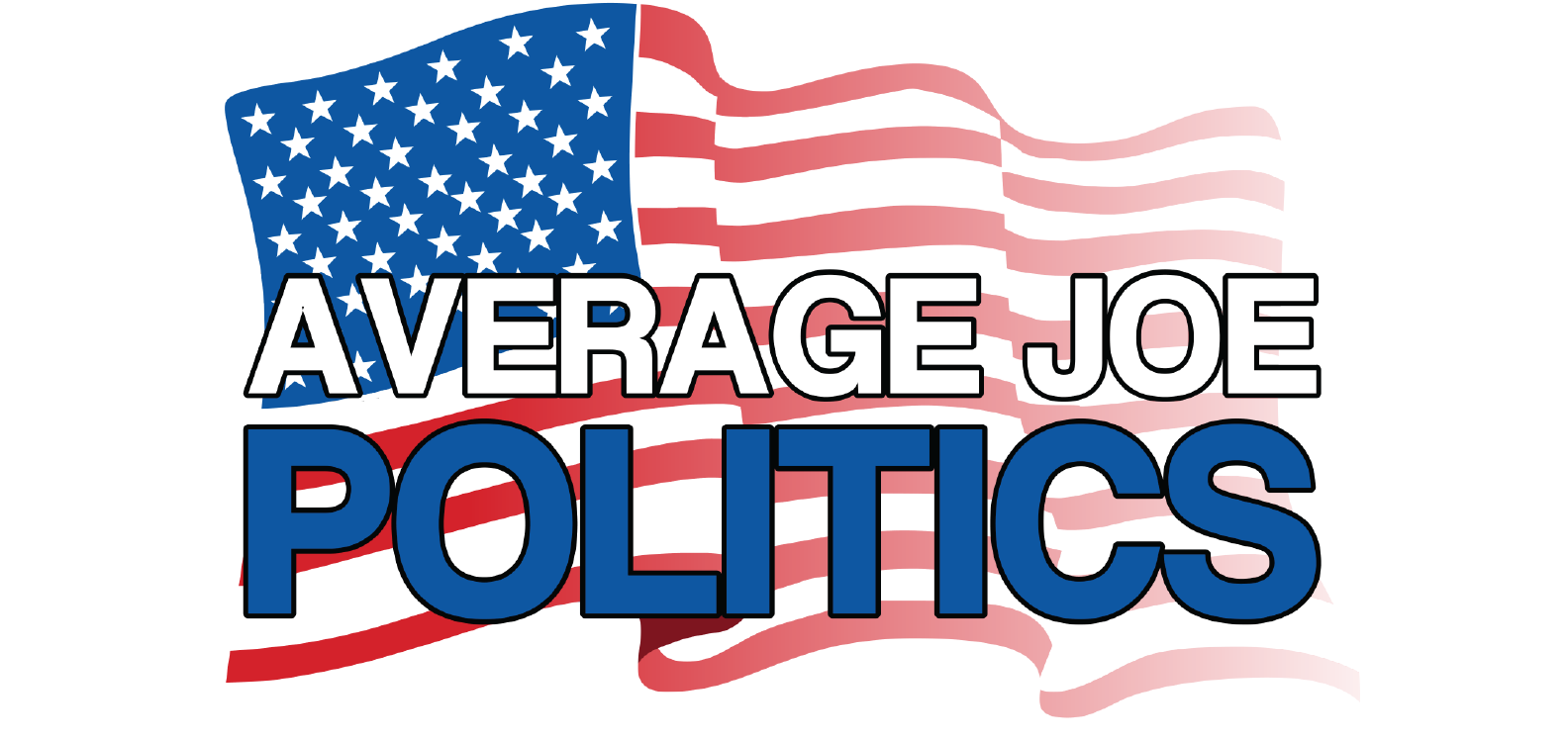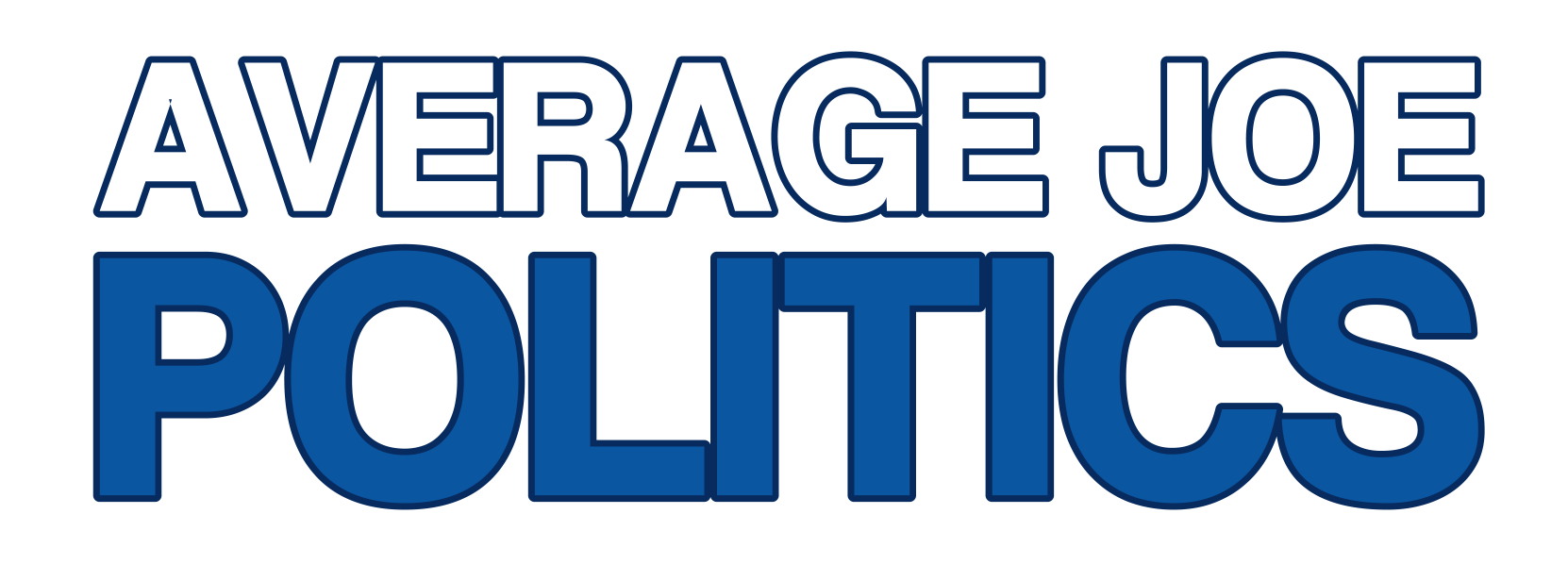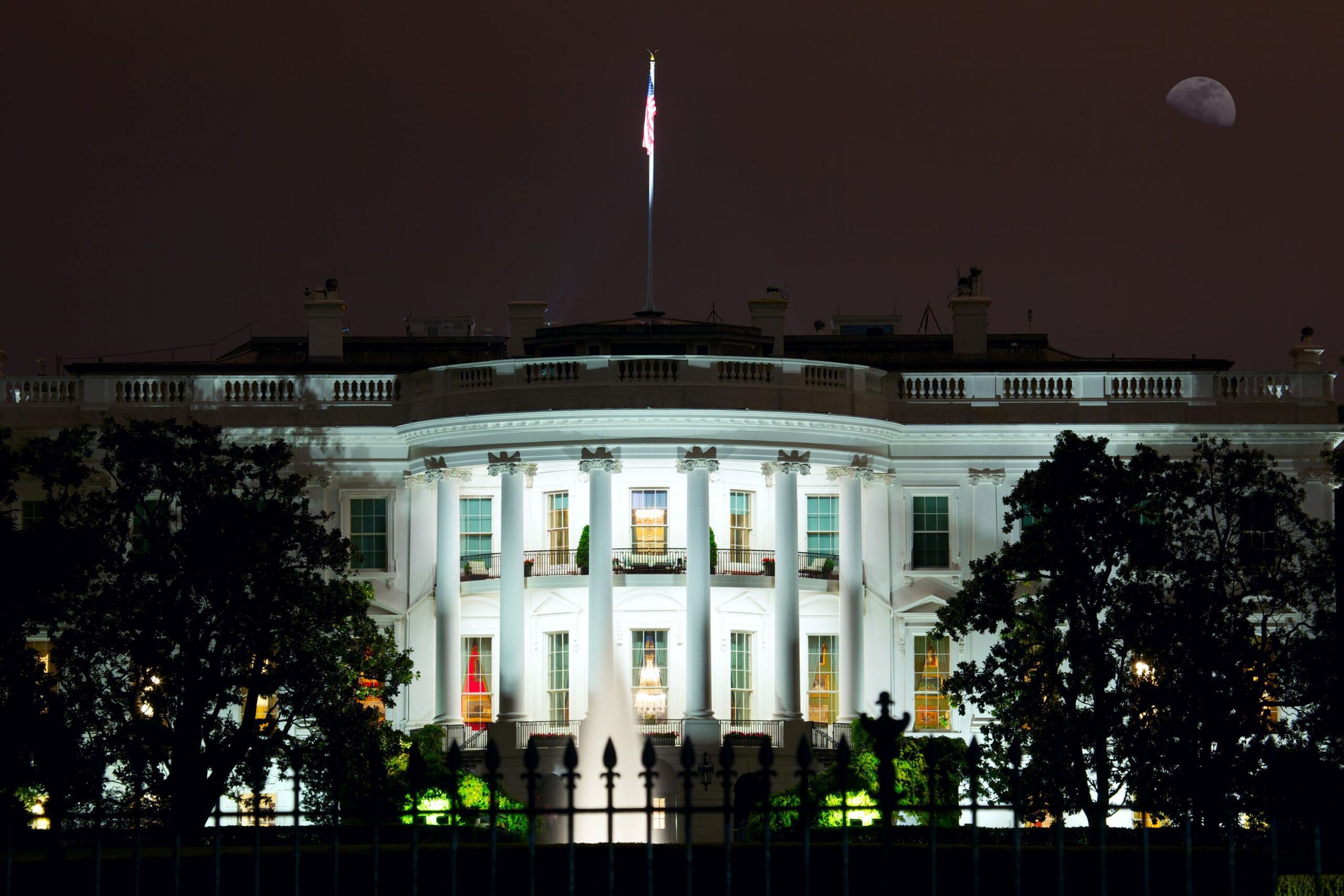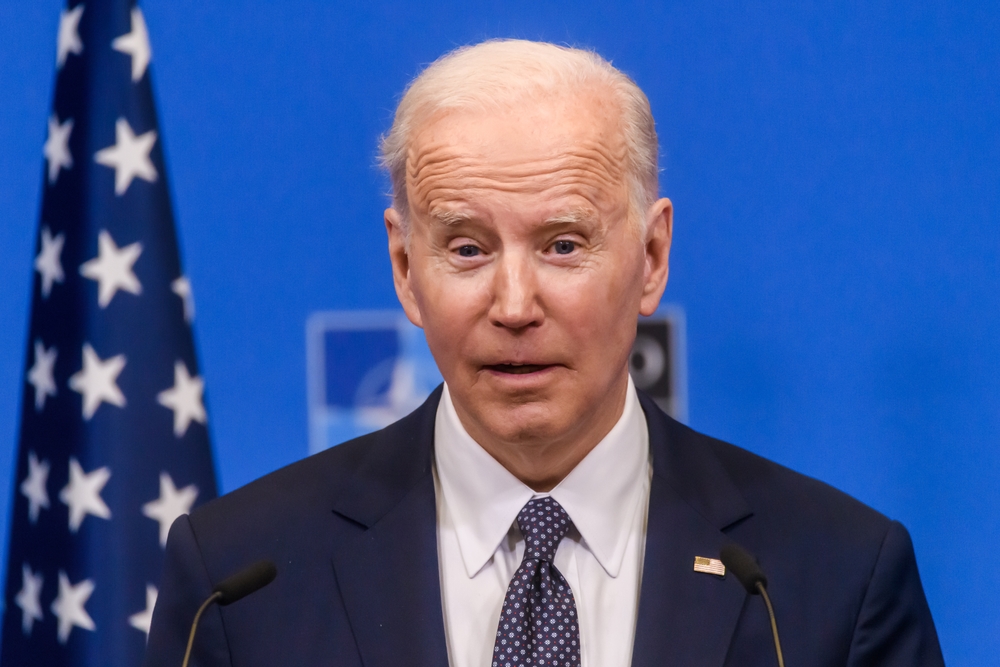In the midst of the natural beauty that graces the Hawaiian islands, a crisis has emerged that demands swift and coordinated action. The Maui wildfires, which have been raging since 2024, have not only posed a significant threat to the local environment and communities but have also prompted a critical response from the highest echelons of the United States government. The White House’s involvement in addressing these wildfires showcases the power of effective crisis management and highlights the importance of intergovernmental collaboration during times of environmental distress.
The Devastating Impact of the Maui Wildfires
As detailed in a recent press release by CNN on 2024, the Maui wildfires have ravaged thousands of acres of pristine landscapes, including forests, grasslands, and residential areas. The fires, exacerbated by dry conditions and strong winds, have left residents displaced and ecosystems in ruins. The natural beauty of Maui, which has long been a cherished haven for both locals and tourists, is now marred by the destructive force of these flames.
The White House Steps In
Recognizing the gravity of the situation, the White House has taken decisive action to address the Maui wildfires and provide support to the affected communities. President Biden issued a statement expressing deep concern for the impacted residents and pledging federal assistance to contain and manage the fires. The President’s engagement underscores the seriousness with which the administration views the situation and its commitment to the well-being of both the environment and the people.
Interagency Coordination and Support
The response to the Maui wildfires has been marked by interagency collaboration, illustrating the strength of a unified approach to crisis management. Federal agencies such as the Federal Emergency Management Agency (FEMA), the United States Forest Service (USFS), and the National Guard have been working in tandem to provide firefighting resources, logistics support, and relief efforts. This synchronized response showcases the effectiveness of cross-agency coordination in times of crisis.
Environmental Conservation and Long-Term Strategies
Beyond immediate firefighting efforts, the White House has emphasized the need for a comprehensive and sustainable approach to wildfire prevention and environmental conservation. This includes allocating resources to enhance forest management practices, investing in research to understand the root causes of such wildfires, and promoting community resilience to mitigate future risks. The administration’s commitment to long-term strategies is essential in preventing similar crises from occurring in the future.
Public-Private Partnership
The Maui wildfires have also spurred engagement from the private sector and nonprofit organizations. Corporations, community groups, and philanthropic foundations have joined forces with the government to provide resources, donations, and manpower to aid in the firefighting and recovery process. This public-private partnership highlights the importance of collective action in times of crisis, as well as the role that various stakeholders can play in addressing complex challenges.



